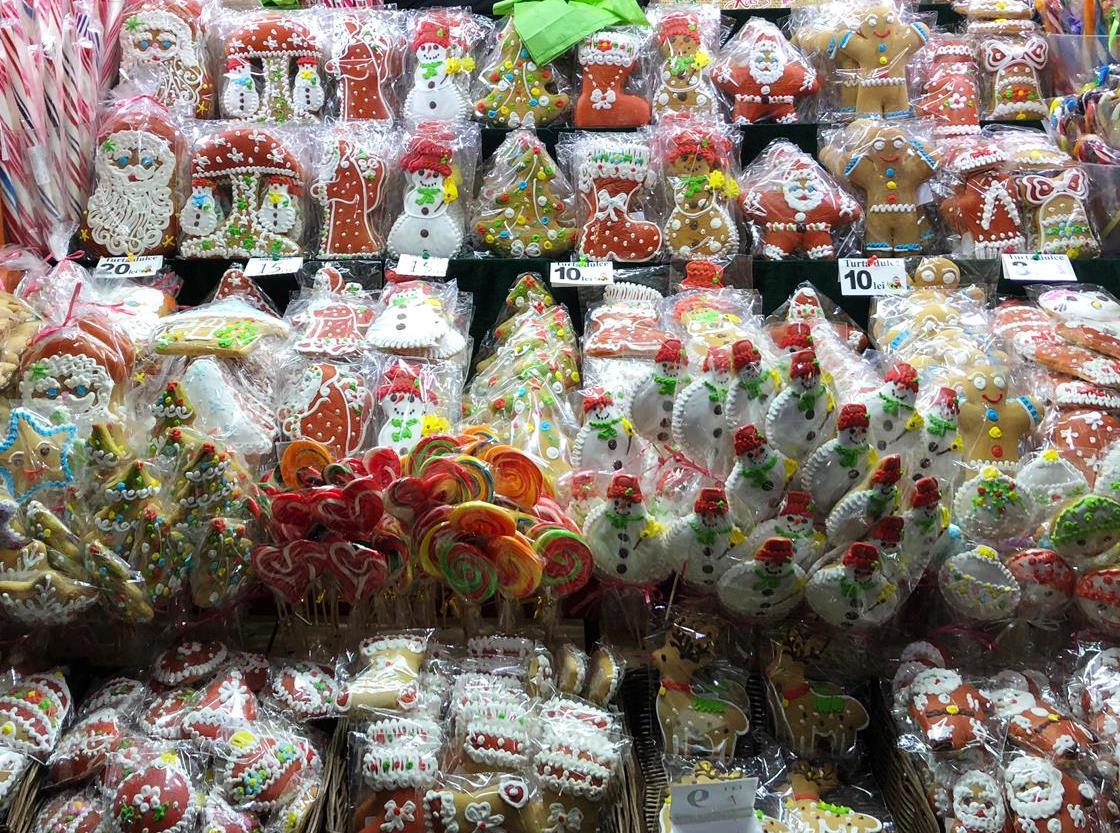It’s the best season of the year. Magic and anticipation of something new are right in the chilled winter air: children are excited to get long-awaited presents under the Christmas tree while grown-ups are about to turn a life chapter and embrace what’s next in store for them. Most of us will soon gather around a table to relish this special time and share memories.
The dining table unites family and friends, and if you look carefully enough you may notice that what’s on the table is far more than just festive food. Perhaps it’s a place of cherished traditions as well as fabulous feasts. When stuffing ourselves with mouth-watering foods, we often forget the rich heritage and legacy established by many generations past.
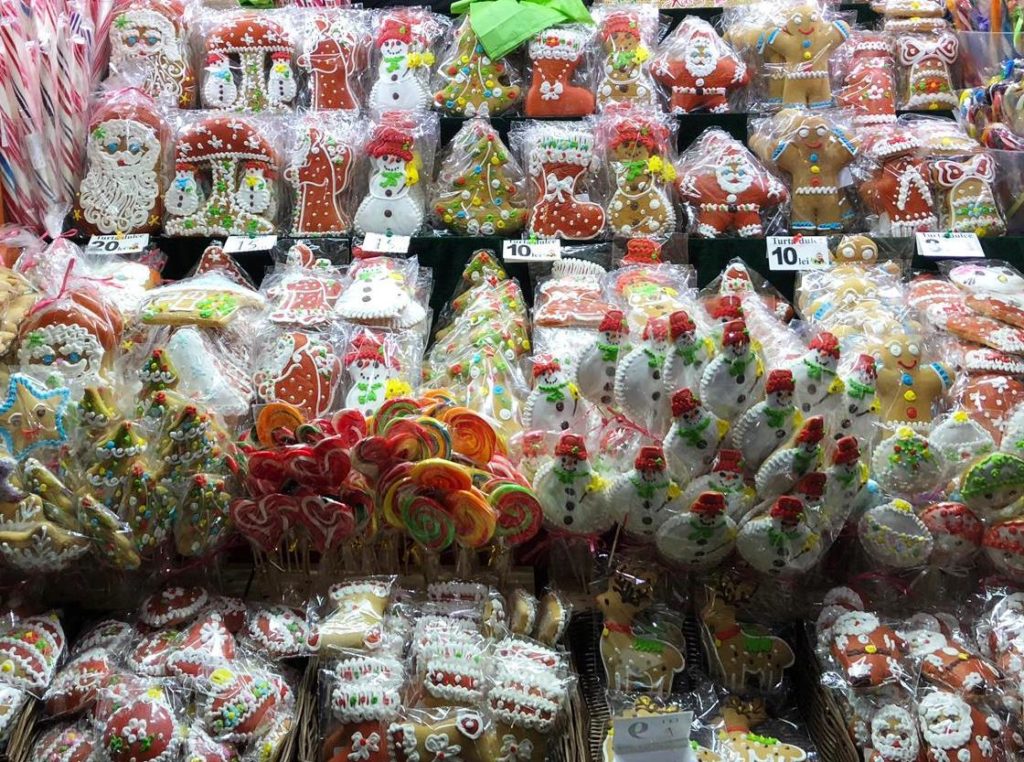
With this in mind, Inna (from Russia & Georgia) and Sorina (from Romania) decided to show us the holiday dishes made in their respective countries that speak most eloquently about their heritage and traditions. The cuisines share many similarities and they help shed light on the culinary and cultural dialogue between their nations.
Romanian cuisine is characterized by its rich variety. The climate and soil allow various crops to grow. Radu Anton Roman, a culinary anthropologist, placed this variety on Romanians’ long history of merged influences from the Southern, Eastern and Western borders. Around the winter holiday season, the whole family transforms the household into this spotless place – not one drawer is left untouched – as guests or close family will visit almost every day. This is a measure Romanians take to ensure good fortune for the following year.
As to Russian cuisine it may be proved to be diverse by the vast land and different climate zones along it. Anyway, every single family from West to East and North to South prepare the following with a certain amount of anticipation: a special festive menu, a family table, watch a special Russian New Year’s movie that is on TV all day long. It’s called “The Irony of Fate” and it’s certainly legendary because some people might not get the New Year mood unless they watch it. Every single mistress of the house would try to find a new recipe to surprise the family as well as not to forget to cook traditional dishes that everyone loves.
Although, the list is definitely longer, let us concentrate on four common treats and enjoy the similarities or differences that build our countries’ tasty heritage.
Meat jelly or Aspic (“kholodets” or “piftie”/ “răcitură”) takes the form of a semi-consistent gelatinous cake. It is surprisingly delicious when a variety of ingredients are set into a meat stock gelatin.
The name derives from the adjective “cold”. This dish is long-awaited and constitutes one of the favorite winter holiday festive meals.
In Romania, besides vegetables, poultry or pork complements this dish. Garlic and bay leaves are often added for a more sumptuous taste. One can find boiled eggs inside. It can be served cold as an appetizer or a main course with horseradish on the side.

Pretty much the same happens in Russia regarding this dish and you can surely find it on its rightful place on any Russian festive table. Though, some people consider it to be not that appealing, it’s a tradition that no one fights. Surprisingly enough, it’s rather a holiday season treat than something daily stocked in the fridge. The tradition to cook it dates back to the 16th century and it’s considered to be the best use of all animal parts (Alert: vegetarians and animal right fighters, please, read this with high understanding and respect to the tradition. To make “kholodez” you may use any kind of meat. But mostly people prefer to use pork and add pigtails, ears and legs to it.). You have to be pretty patient to make it as you need about 4 hours just to keep it in the fridge before it’s finally ready.
No authentic holiday meal is served without pickles. During the autumn season vegetables and fruits are harvested. Some of them turn into pickles just in time for the winter holidays.
In Romania, cucumber is by far the preferred vegetable for pickling. But, a variety of other vegetables can also be pickled in brine (salty) or vinegar (sour). Here are some examples: beetroot, bell peppers, cabbage, carrots, cauliflower, celery, green tomatoes (“gogonele”) etc. Romanians also enjoy the taste of pickled melon. It’s a smaller variety than the regular one. Basically, if it fits inside a mason jar, it can be pickled. Pickles are the perfect side dish for steaks, although many finish eating them long before the arrival of the main course.
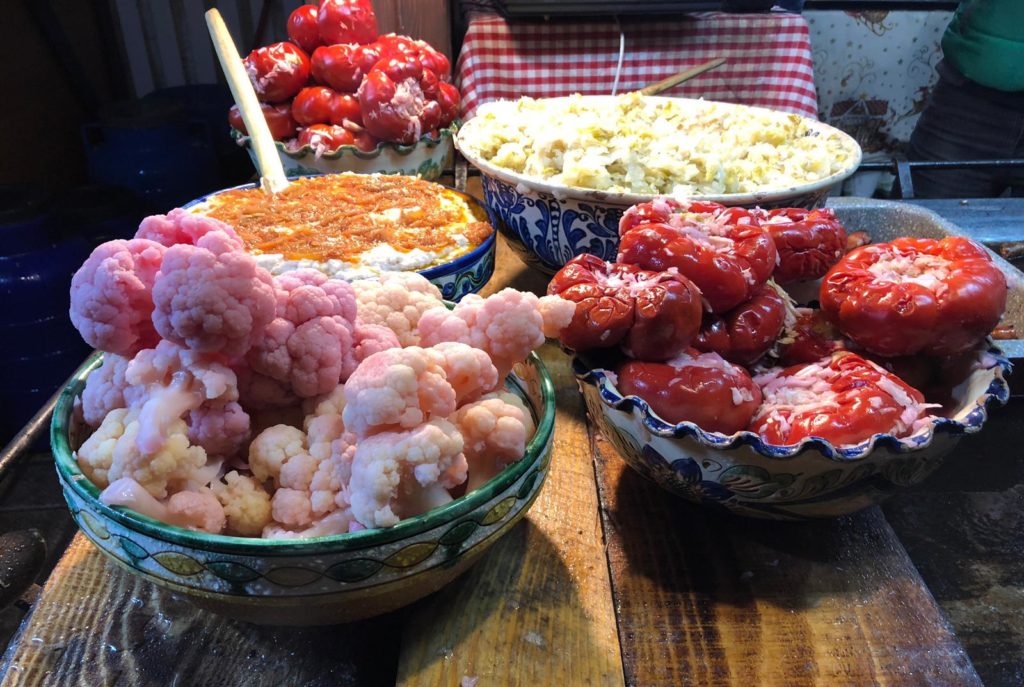
On the contrary, in Russia, pickles are considered to be a snack that would hardly be added to any dish and might be separately presented on the table so anyone could grab some at any moment. Severe Russian winter doesn’t spoil people with nice fresh vegetables as in Romania. Though, honestly, pickled melon would sound exotic to the Russian ear. The favorites would still be the same: pickled cucumbers and tomatoes and they are super good to match with the bitter taste of Vodka. You’ve read it right! That’s what most men would do: make a toast for health (“Na Zdorovie!”) and then drink a Vodka glass bottoms up and immediately bite a piece of pickled cucumber. Try it the Russian way and you will rock the party!
The Kalach (“colac” in Romanian) is a traditional braided circular sweet bread. Its sugary taste works well with tea, coffee or marmalade.
In Romania, besides being a dessert, it’s also used during religious sermons. Around Christmas, carol singers are recompensed with kalachs. This custom is still alive in the rural areas of Romania. Its ring-like shape gives way to other anthropological and apotropaic associations: the idea of fullness and eternity. Because it isn’t just ordinary bread, Romanians even refer to abundance through an old saying: “dogs walking with kalachs on their tails”.
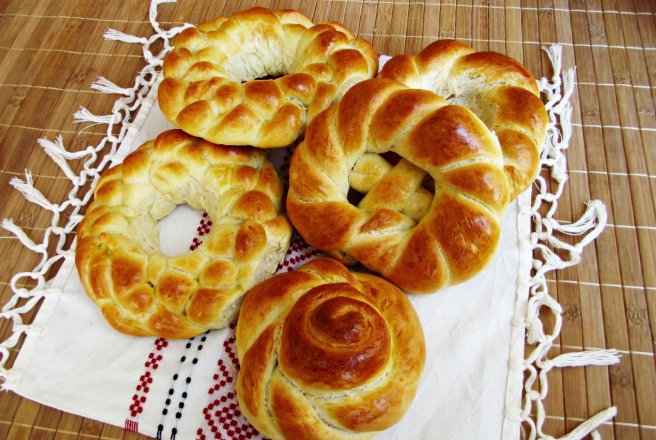
While in Russia the shape nowadays is the same as in Romania, historically it’s been transformed. Interestingly, the original is the one with a special “durshka”- a hand. It has the same image as a lock with the hand. The reason for having that “hand” is simply to hold and enjoy the rest of the delicious treat. It wouldn’t be a rare thing to see the rich man giving his “durshka” to the poor as this part was rougher and less sweet. The name “kalach” is believed to be derived from the Slovak “kolo” meaning “the circle”, highly hinting to its shape. To add to the similarity to Romanian tradition, it’s worth mentioning that it was served mainly for religious sermons.
Though, on the South of Russia it might accompany wedding ceremonies: best man and best lady would have 5-6 kalachs on their hands to treat anyone they meet on the street with a sip of Vodka and a piece of kalach for the sake of the newlyweds’ lasting health (side note: yes, the Russians do drink a lot for health’s sake, funnily enough). We may never see kalachs being accompanied with marmalade or any sweets as its taste is already sugary enough. It’s inviting you to make yourself comfortable and enjoy a cup of tea with your kalach in the hand or rapidly grab it on the go and enjoy along the way.
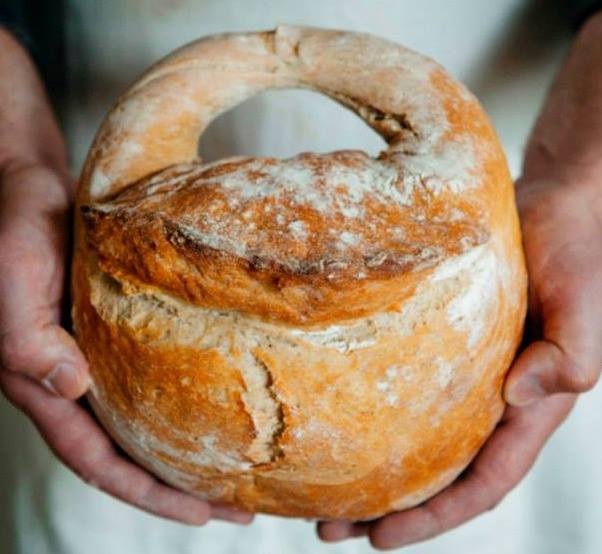
Last, but not least – the “cozonac” or “kozinaki” – is an enormously difficult dessert to bake. This very fancy version of sweet bread makes anyone fall in love with it.
In Romania, we identify it by its swirly shape like a curled cat, the slightly sweet, buttery and rich taste, and its vibrantly yellow interior color. Originally, the dough was infused a handful of ingredients such as poppies, walnuts and maybe, in some cases, cacao powder. Nowadays, cooks often go overboard by adding raisins, Turkish delight, dried fruits and even chocolate. Romanians prepare this dessert only on special occasions, such as Christmas, New Year’s Eve or Easter.
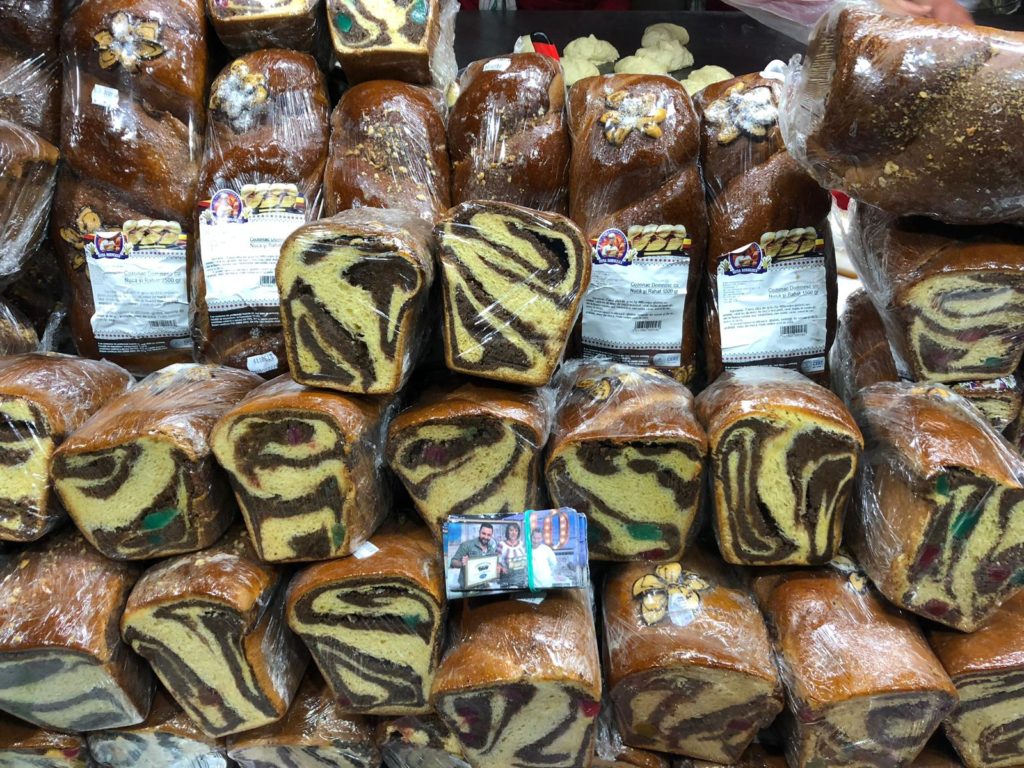
Surprisingly, the “kozinaki” is considered to be a totally different treat in Russia and Georgia, the country it comes from. Originally, it was made the following way: simply by boiling the honey then adding walnuts and just leaving it for a couple of days on the sunny side till it gets its shape. Now you may add almost everything to the boiled honey but it’s preferred to be almond or some seeds. Though, some people, while making it at home, like to use sugar instead of honey which doesn’t match in taste. Nowadays, “kozinaki” is served on the festive New Year’s celebration table in Georgia while in Russia it has become a daily treat.
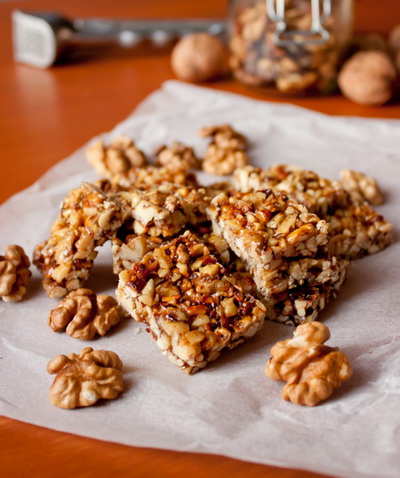
As we all know, it’s great to share festive dinners with family and friends. It’s all about that special opportunity to unite and to communicate. We strongly believe that the holiday season creates the perfect moment for this. We highly hope that you would take the time to find out more about the specific treats on the festive table. If you listen carefully enough, they can as well share a story with you.
Happy Holidays to everyone!
Authors: Sorina Neacsu & Inna Starkova
XXXXXXXXXXXXXXXXX